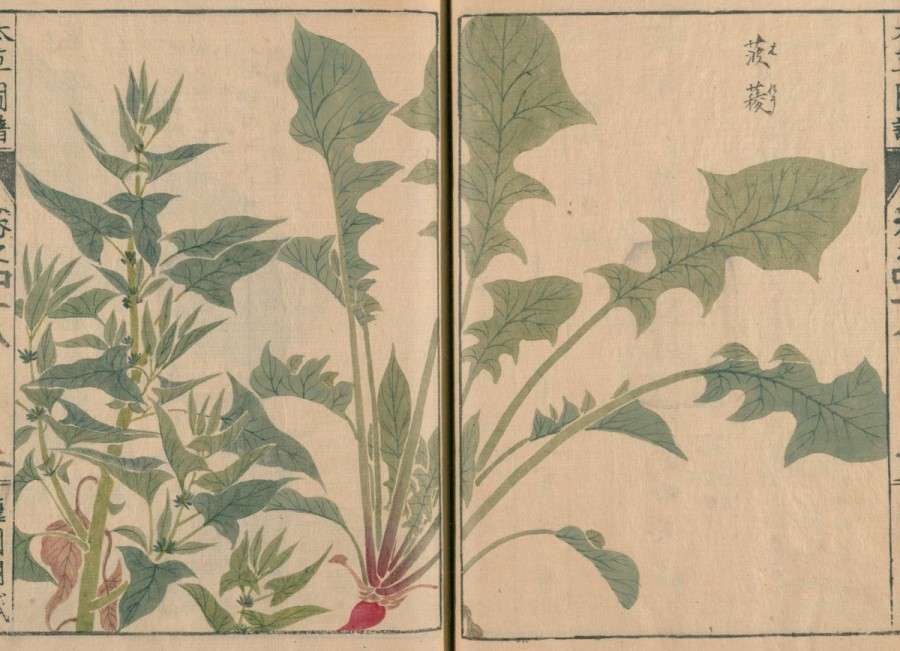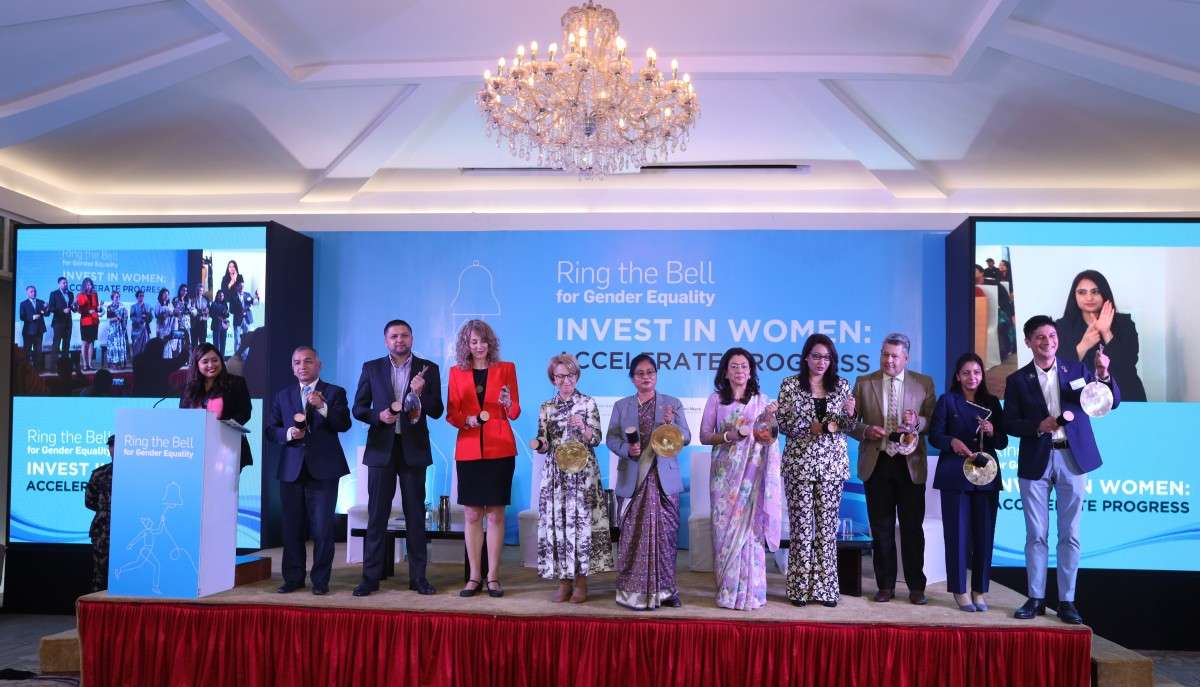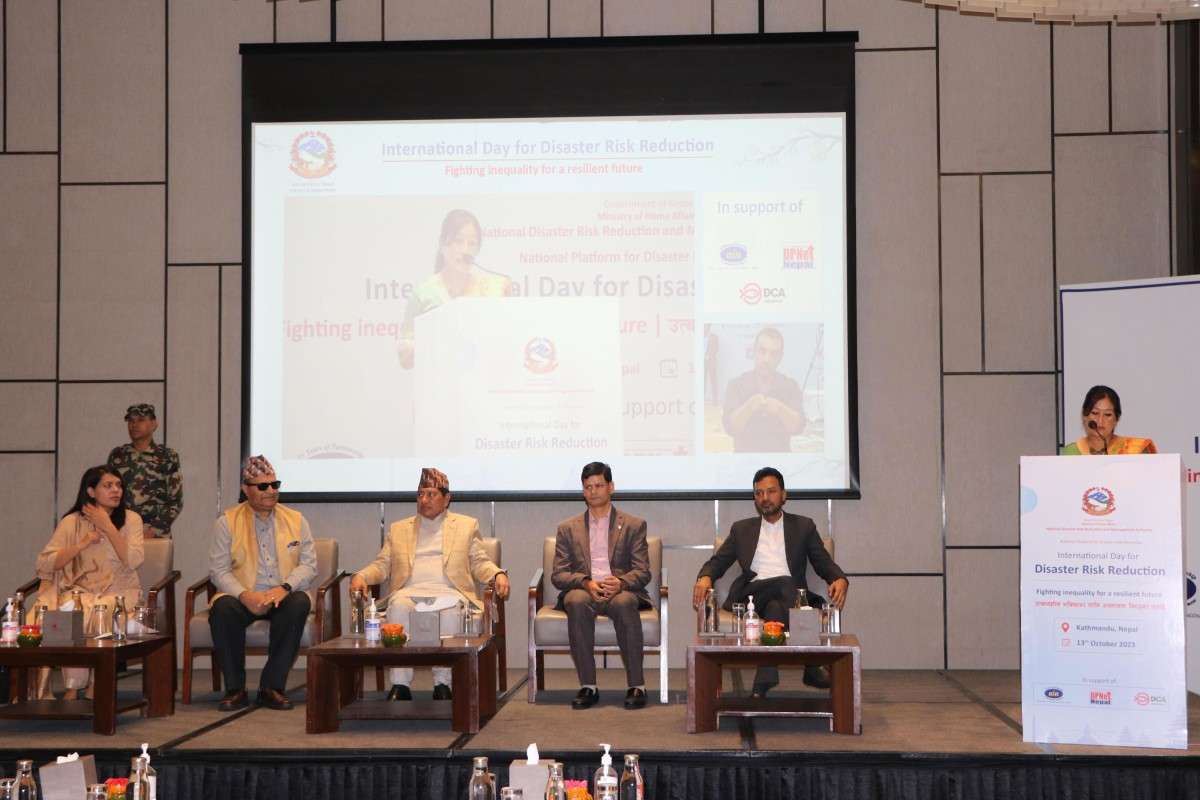When Nepal gifted spinach to China
- Dignity Post
- 14-05-2023 06:43

When Nepal gifted spinach to China
For lovers of Chinese cuisine, whether it’s the Sichuan hotpot or Lanzhou noodles, spinach is an integral part of most dishes. Yet little did we know that spinach, called Bōcài (菠菜) in Mandarin, was introduced in China from Nepal during the Tang Dynasty (618-906 AD).
The bringing of spinach from Nepal to China is one of the most widely available bits of general knowledge on the Chinese internet when conversing about vegetables in China. Textbooks on the Chinese Language taught to foreign students studying Mandarin and preparing for university in China say that not only did spinach come from Nepal, but even the “Bōcài” (Chinese for spinach) is a loan word. Spinach seeds were first gifted by Licchavi king Narendra Dev (reign 641-680) to Emperor Taizong of Tang.
However, it is worth noting that spinach wasn’t native to Nepal but was instead brought from the West, potentially Persia. Initially, spinach in Chinese, “Bōcài”, was called bōsī cǎo(菠斯草) or bō léng cài(菠薐菜), possibly translating to Persian grass or Persian cabbage respectively. Only later was it called bōcài (菠菜).
Berthold Laufer’s detailed historical, anthropological works on China-Iran commodities and cultural exchange published in 1919 mentions this. Laufer mentions that Táng huì yào contains perhaps the first major datable mention of vegetables in Chinese records. This record also describes the taste of spinach bought from Nepal this way: “Well cooked, it makes good eating and savoury”. Laufer interestingly argues that if the plant was thought of as a novelty by the Chinese during the Tang dynasty, it also must have been the same for Nepal in that period.
Otherwise, Nepali people wouldn’t consider it worthy of being sent as a gift to China. The record states the red roots of the spinach and that the taste of the vegetable is enhanced when “cooked in fire”. Another similar mention is found in “Xīn táng shū-xīyù chuán” (《新唐书-西域传》), recorded in 647 AD. “Běi hù lù·wèng cài” (《北户录·蕹菜》) from the Tang Dynasty notes that spinach was sent from Nepal with an anecdote introducing it as a “vegetable from Buddha’s soil”.
New to the country, spinach became a luxury only relished by the emperor and those important to the court. Spinach was initially consumed as a form of herbal medicine. Taoists experimenting with herbal medicines would often enjoy spinach as it would relieve any discomfort caused by a lousy experiment with herbal plants. Even emperor Taizong, who was exploring immortality through herbal medicines, became fond of spinach. There is also a particular story of Emperor Taizong, who held a special banquet for his minister Wei Zheng who hurriedly went to have the spinach. However, it was not only Taizong who loved the vegetable.
Spinach’s popularity continued to grow even after the Tang Dynasty. “Tàipíng yù lǎn” (《太平御览》), a record of the Song Dynasty on the events during the Tang Dynasty, also notes the spinach gift from Nepal by rephrasing and noting from the original records in “Táng huì yào” (《唐会要》). Another record, “Mèng liáng lù”(《梦梁录》) from the Song Dynasty, indicates that spinach was already used as an ingredient in making steamed buns along with other flavours such as bamboo shoots and ginger.
Reference:
https://kathmandupost.com/art-culture/2023/04/29/when-nepal-gifted-spinach-to-china






.jpg)




Conversation